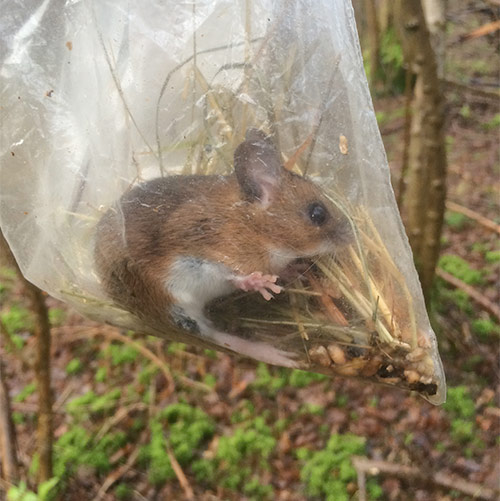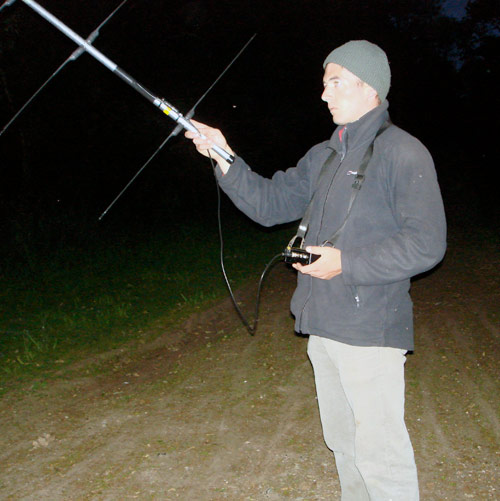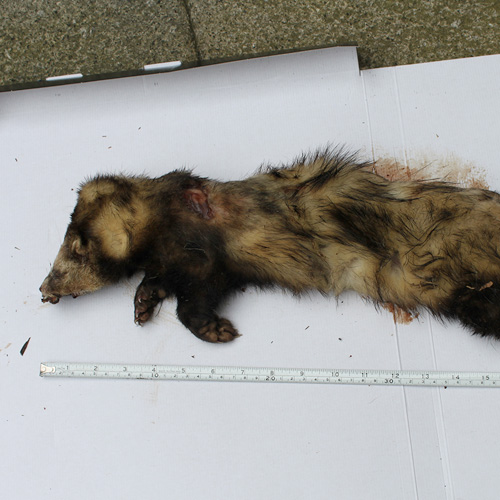
Ecology Research
At BiOME, our partners are committed to ecological research to aid conservation initiatives. In addition to our consultancy projects, we undertake extensive research and survey work
Research
-

Curlew nest monitoring and radio-tracking
During 2018 and 2019 our team of ornithological surveyors completed surveys to locate Curlew nests in two key breeding areas in Shropshire (the Upper Clun and Clee Hill), with subsequent nest monitoring.
-

Whinchat Research Project
During the 2019 breeding season BiOME are working on a Whinchat research project on the Long Mynd, Shropshire where the national population decline has been mirrored. This projects’ aim is to not only discover the reasons for the local decline, but also to be involved in developing ways of reversing it.
-

Bats and mammals in Morocco
Bats and mammals of southern Morocco and Atlantic Sahara. A long-term study of the mammal fauna of this little-studied region in the southwest of the Western Palearctic zoogeographical region (see Publications).
Publications
Peer-reviewed Publications
Books
Owen, M.R (eds). Shropshire Ornithological Society Annual Reports 2006-present. (Richard has contributed numerous species accounts to these annual bird reports and acted as a sub-editor).
Moores, R.D. (2007). Where to Watch Mammals in Britain and Ireland. Christopher Helm – A&C Black Publishing, London.
The Birds of Shropshire (2019). Martyn was on the editorial committee for this publication whilst Richard has contributed 14 species accounts.
Papers
Moores, R, Collinson, M. & Owen, M. 2019. New small mammal records from the Adrar Soutouf and Tirs region, Atlantic Sahara. Go-South Bulletin 16: 79-83. Download paper free.
Moores, R. & Brown, D. (2017). New records of bats from southern Morocco (Atlantic Sahara) and notes on echolocation. Mammalia Vol 81, issue 6.
Moores, R. (2018). The future of Atlantic Humpbacked Dolphins Seuza teusii in Dakhla Bay, Atlantic Sahara. 15 (166-171). Download paper free.
Moores, R.D. & Brown, D. (2014). A range reinforcement of Lesser Leaf-nosed Bat Hipposideros (caffer) tephrus in the lower reaches of the Oued Noun and further mammal records from the Western Anti-Atlas. Go-South Bulletin, 11: 19-30 Download paper free
Moores, R.D. & Brown, D. (2013). African Savannah Hare Lepus microtis near Tan-Tan – a new mammal species for North Moroccan Atlantic Sahara. Go-South Bulletin, 10: 263-265 Download paper free
Moores, R.D. & Brown, D. (2013). Range extension, identification and habitat of Occidental Gerbil Gerbillus occiduus. Go-South Bulletin, 10: 27-28. Download paper free.
Moores. R.D., Brown. D., Martin. R. & Lees A.C. (2012). Status and identification of hares Lepus sp. in Western Sahara and southern Morocco. Go-South Bulletin, 9: 126-130. Download paper free
Moores. R.D., Brown. D. & Martin. R. (2012). New data on the terrestrial mammals of the Oued Ad-Dehab region of Western Sahara. Go-South Bulletin, 9: 133-135. Download paper free
Lees, A.C. & Moores, R.D. (2006). Identification and status of Dunn's Lark Eremalauda dunni in North Africa. British Birds. 99: 482-484.
Selected non Peer-reviewed Publications
Owen, M.R. & Moores, R.D. (2011). The Crimea, Ukraine. Shropshire Ornithological Society Bulletin. Spring 2011 edition.
Owen, M.R. (2014) Breedign Common Terns at Chelmarsh Reservoir. Shropshire Ornithological Society Bulletin. winter 2014 edition.
Moores, R.D. & Lees, A.C. (2007). Just Deserts. Birding in the Western Sahara at the southern limit of the Western Palaearctic. Birdwatch, vol. 16, no.3, 2007.
Moores, R.D. (2005). The natural history of Cranmere Bog, Shropshire. Shropshire Ornithological Society Bulletin. November 2005 edition.
Gilroy, J.G., Moores, R.D., & Mahood, S.P. (2003). Silver Linings. Discussion of whether the last decades many Pallid Harriers Circus macrourus is a one-off phenomenon or a lasting trend. Also discussion of the theory that the Pallid Harrier has increased in Europe as a result of habitat destruction in its natural range. Birdwatch, vol. 12, no. 6, 2003.




